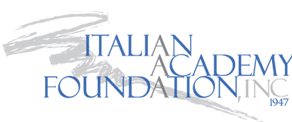“An autumn of great masters”: a list of art exhibitions arriving in Italy
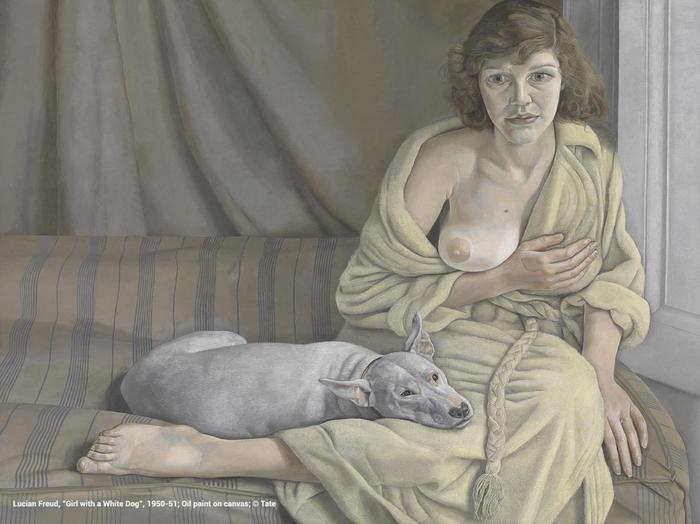
- Sept. 26-Feb. 23: The Cloister of Bramante presents Bacon, Freud, the London School, Works of Tate
- Exhibition features over 45 paintings, engravings and drawings from artists in the “School of London,” including Francis Bacon, Lucian Freud, Michael Andrews, Frank Auerbach, Leon Kossoff and Paula Rego.
- Oct. 6-March 8: Palazzo Bonaparte presents “Impressionisti: Hidden Works”
- This exhibition shows 50 pieces of important Impressionist art from artists including Claude Monet, Pierre-Auguste Renoir, Paul Cézanne and Camille Pissarro, tracing the history of the Impressionist movement from 1870 beyond.
- Oct. 9-March 15: Palazzo Braschi presents “Canova eternal beauty”
- A dedication to Antonio Canova, “Canova eternal beauty” includes more than 170 of his works separated into 10 different sections. The exhibition aims to discover the beauty of his art in the context of when he arrived in Rome during 1779.
- Oct 21-December 23: Palazzo delle Esposizioni presents “Robotics and Animatronica: From Carlo Rambaldi to Makinarium”
- The Palazzo delle Esposizioni presents a devotion to Carlo Rambaldi and his ability to “transform the craftsmanship of Italian tradition into an international brand.”

- Oct. 17-February 9: The Royal Palace presents “Guggenheim: The Thannhauser Collection, from Van Gogh to Picasso”
- Featuring a selection of art that has never been exhibited in Europe before, the Thannhauser collection includes about 50 important pieces of great impressionist, post-impressionist and contemporary art from the early 1900s. The show includes work from Van Gogh, Manet, Renoir, Cézanne, Picasso and Monet, the exhibition, and was once part of Justin and Hilde Thannhauser’s personal collection.
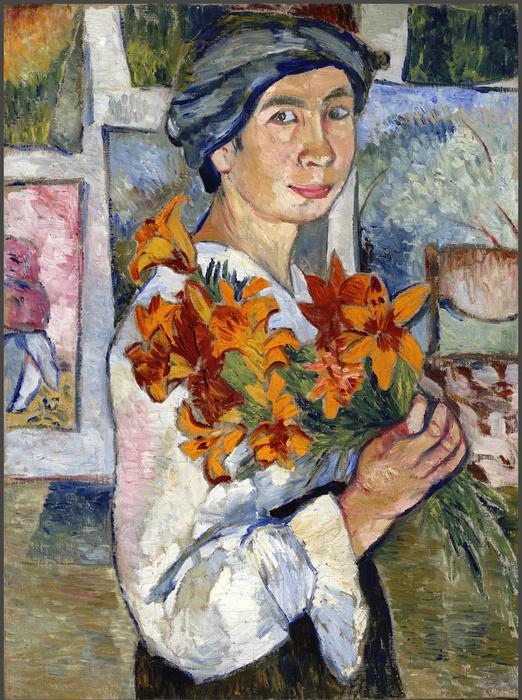
- Sept. 28-Jan. 12: Palazzo Strozzi presents the exhibition “Natalia Goncharova: Between Gauguin Matisse and Picasso”
- Set up as a comparison between Natalia Goncharova and other artistic works by Cézanne, Matisse, Gauguin, Picasso, Boccioni and Chagall, the exhibition showcases the Russian artist’s multifaceted talent as a costume designer, painter, illustrator and set designer.
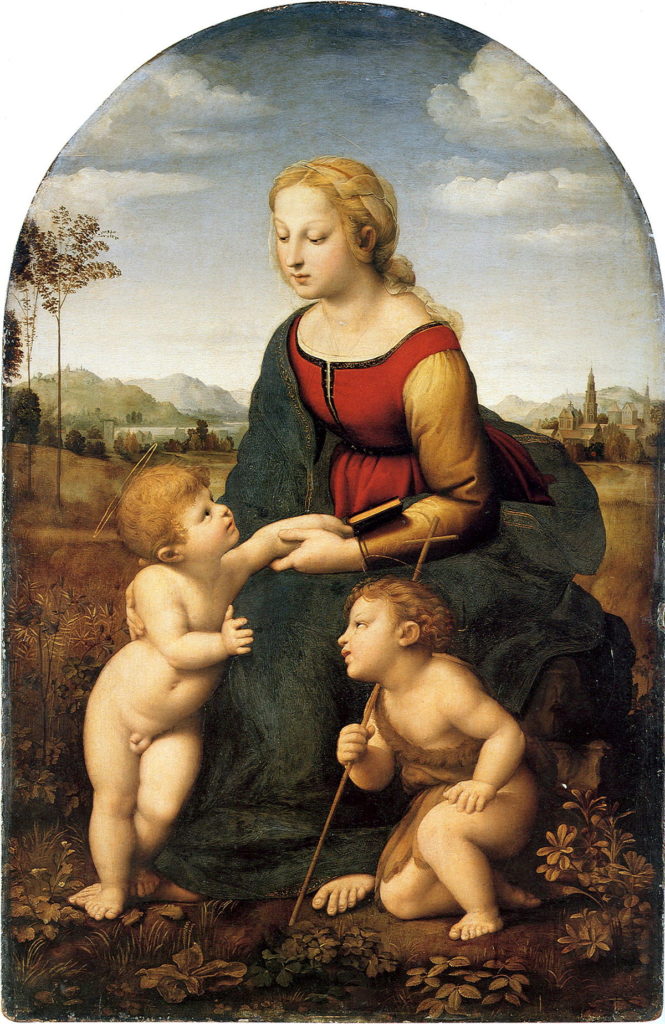
- Oct. 3-Jan. 19: National Gallery of the Marche presents “Raphael and his friends from Urbino”
- This project reveals the conquest of Raphael’s modernity in the light of his relationships with other artists while working in the town of Marche.

- Sept. 14-Nov. 24: Cini Foundation presents a great anthology to Emilio Isgrò
- The creative path of Emilio Isgrò from the 1960s to present day is brought to life and evaluated in the exhibition space, contributing to an erasing operation initiated by the book Moby Dick written by Herman Melville.
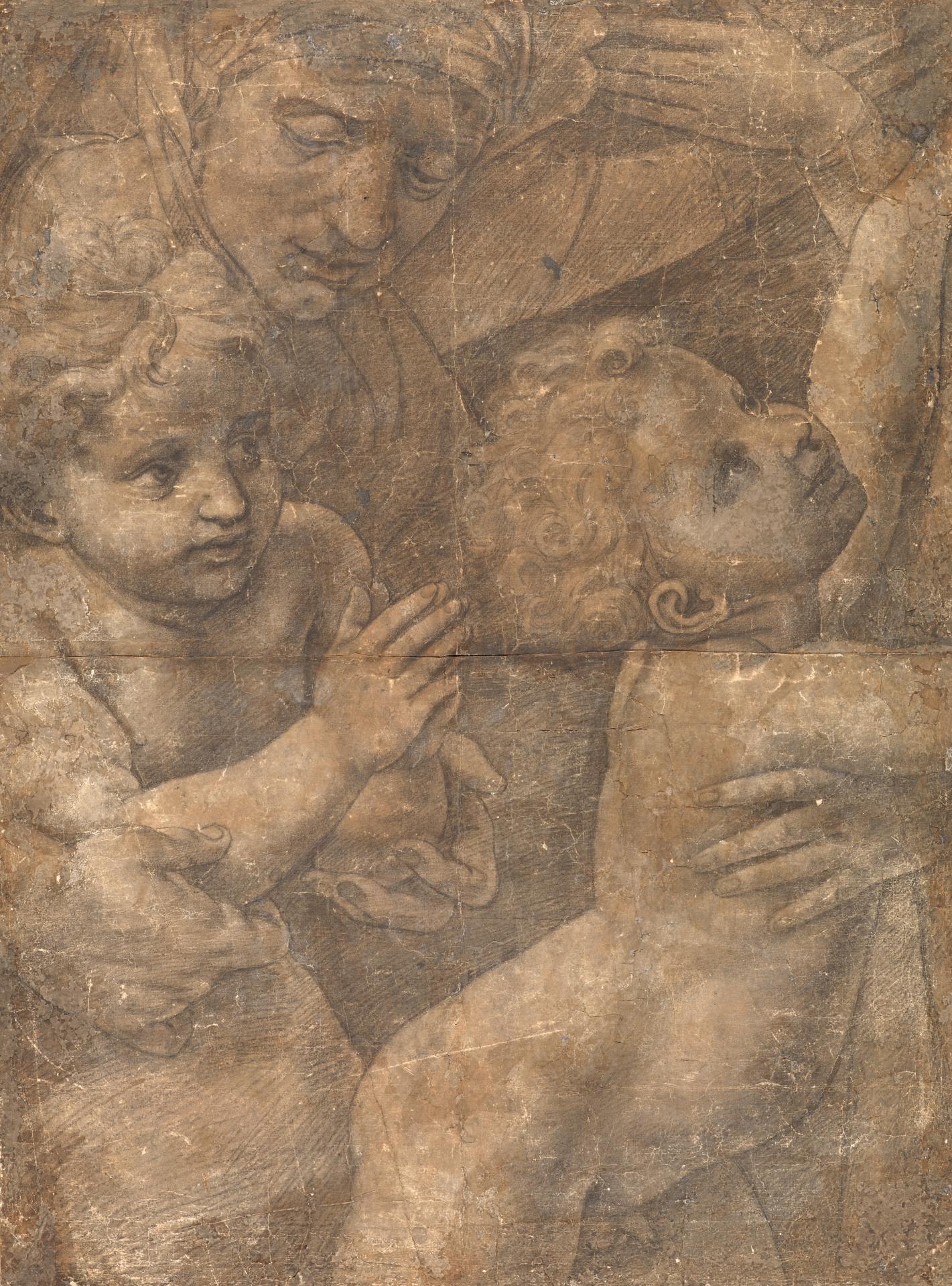
- Oct. 6-Jan. 6: Palazzo Ducale presents “With new and extravagant manner”
- Granted on loan from the Louvre in Paris, the exhibition features 72 drawings demonstrating the complex and organic career of artist Giulio Romano.
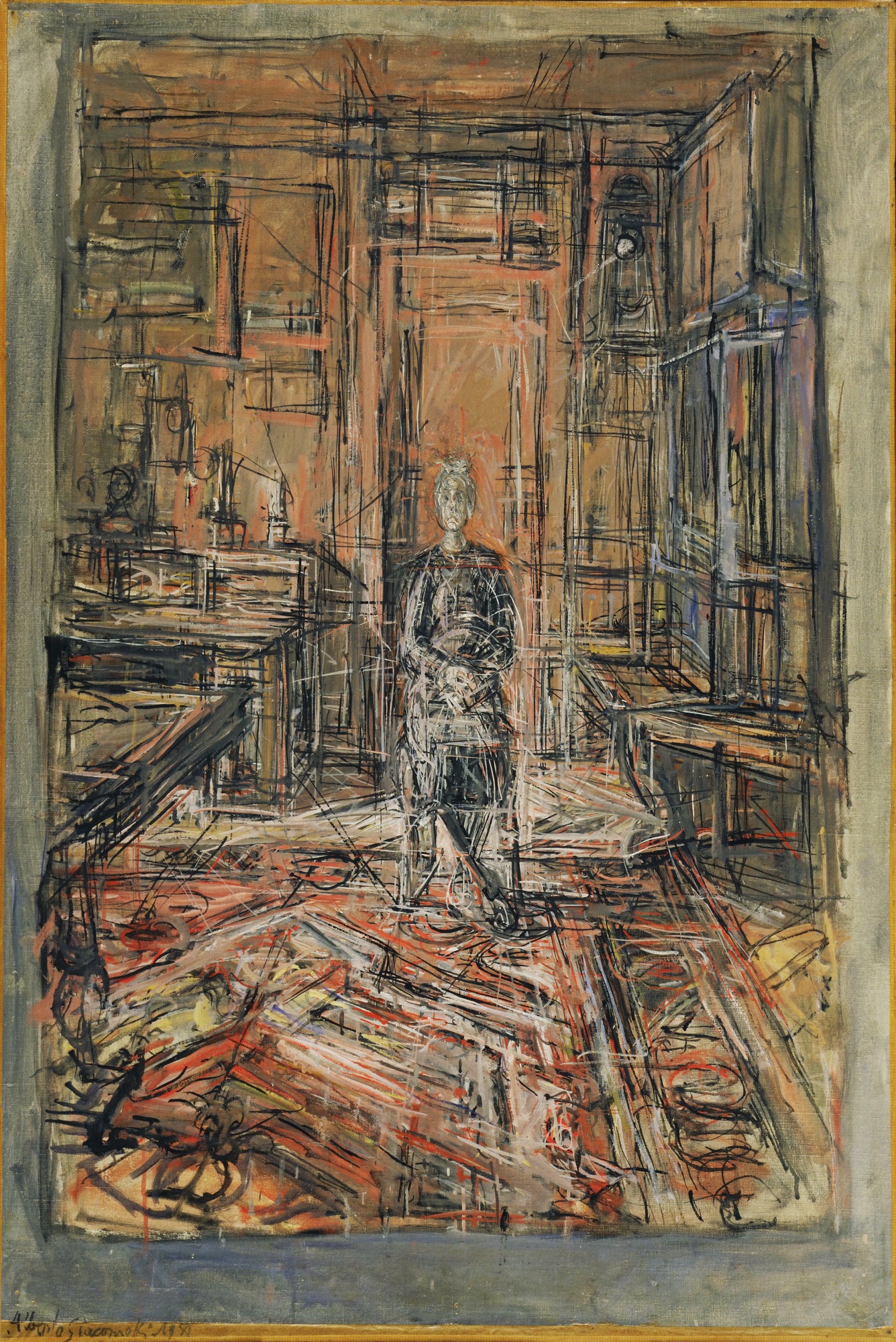
- Nov. 16-April 5: Palazzo della Gran Guardia presents “Giacometti’s time from Chagall to Kandinsky”
- About 70 of the 100 works of sculptures, paintings and drawings in this exhibition focus on Alberto Giacometti, an artist who gravitated to Paris in the years between World War I and II, as well as the following decade. His work relates to other protagonists who moved there about the same time.

- “Twenties in Italy: The age of uncertainty”
- This exhibition explores the historical, political, social and cultural complexity of the ’20s and the artistic impact the period had on about 100 works from artists of, Casorati, de Chirico, and Severini.

- Sept. 16-Jan. 13: The Royal Palace of Caserta presents “From Artemisia to Hackert. History of an antique collector at the Royal Palace”
- Presenting the works of gallerist Cesare Lampronti, all of the pieces in this exhibition relate to five themes: Caravaggesque paintings, 17th century paintings, views, landscapes and still life.

- Oct. 11-Feb. 9: Palazzo Blu presents “Futurism!”
- “Futurism!” features more than 100 works from great futurist artists and analyzes how they remained faithful to their theoretical beliefs and reflections shown in the posters.
Becca Most
